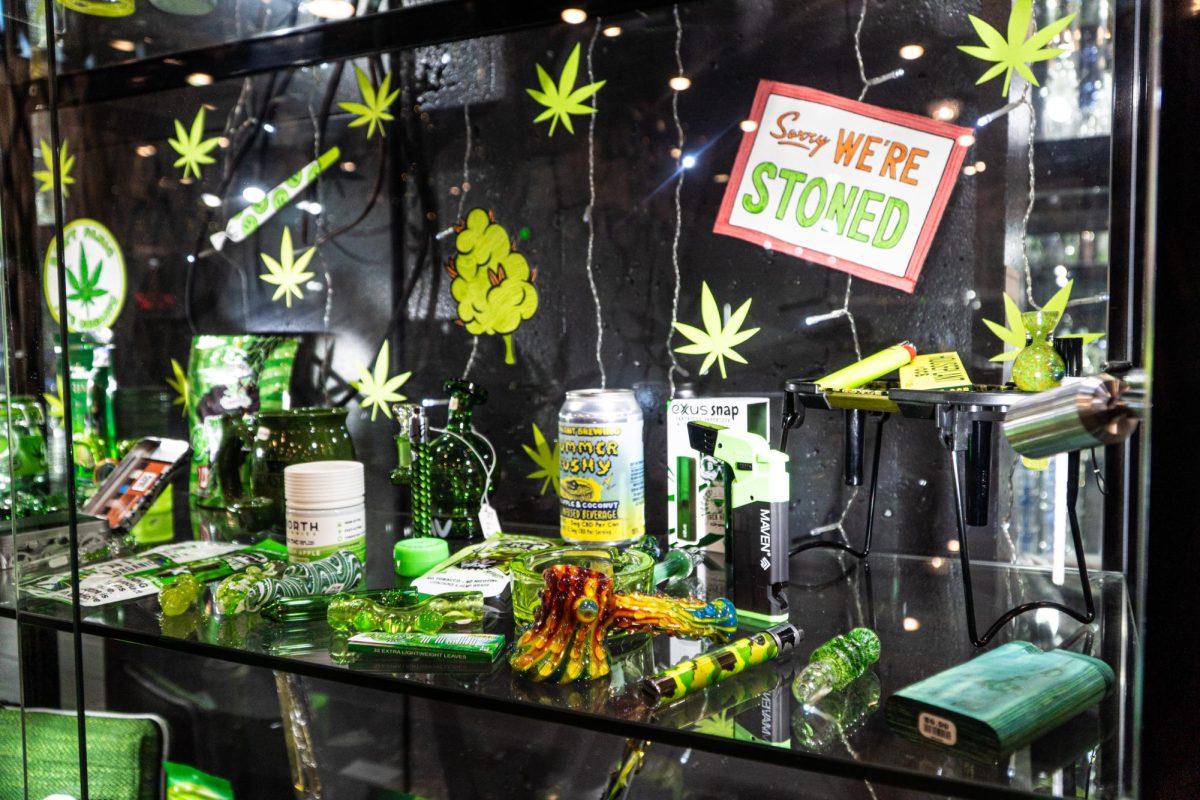University of Minnesota researchers
have created a sponge that can absorb toxic mercury from wastewater in a short amount of time.
The breakthrough comes as mercury
concentrations in water have increased
slightly the last few years after a thirty-year decrease in Minnesotan
waters. Ten percent of newborn babies in northern Minnesota are born with
mercury in their blood.
“It is a very big problem,” said Abdennour Abbas, a biosystems and
bioproducts engineering professor and the research team’s lead.
After being placed in wastewater, the
sponge absorbs the mercury in seconds. The excess water can be squeezed out,
and all that remains is the mercury.
The sponge has the element selenium
embedded in it, which attracts mercury. Selenium-mercury bonds are one million
times stronger than other elements that have been tried, Abbas said.
John Brockgreitens, a University
graduate student in the Abbas lab, said using a sponge is ideal because it
allows for maximum interactions between selenium and mercury.
To use selenium in the form of a
sponge, Abbas and his team heated the ionized element to crystalize it and help
it stick to other things, and then embedded it into a common household sponge.
“It takes a matter of seconds
instead of hours, which is what is in the market right now,” Abbas said “Microbes also don’t grow on the
sponge.”
Snober Ahmed, a Ph. D. student in the
Abbas lab said selenium is often used in nature to neutralize mercury.
“[Mercury concentration] really hasn’t gone down. Over the last
thirty years, there has been a general downward trend, but it looks like it is
going back up again. It is far from being solved,” said Bruce Monson, a
researcher with the Minnesota Pollution Control Agency.
The “super sponge”
could have a global impact too. The water in the Amazon rainforest is heavily
polluted; this technology could help save many lives, Abbas said.
“Most of the mercury in fish comes from combustion — burning of
coal. Over 99 percent of mercury that gets into lakes is from in the air,” Monson
said.
Mercury from the air gets converted to
methylmercury, which is taken up by the food web and fish. The MPCA’s primary
concern is to reduce mercury in fish, but also from emissions, Monson said.
More than two-thirds of the impaired
waters in Minnesota are contaminated by mercury.
Much of the elevated mercury levels in
northern Minnesotan babies comes from the tainted fish mothers eat, Abbas said.
Other cleaning methods use an
activated carbon powder. The powder is dispersed in wastewater in order to
absorb mercury, but the method is much more expensive and requires more clean
up, Ahmed said.
For the future, the Abbas lab is
working with companies to commercialize the “super sponge”,
Abbas said.
A previous version of this article misstated where mercury in lakes comes from and what it is converted to.








